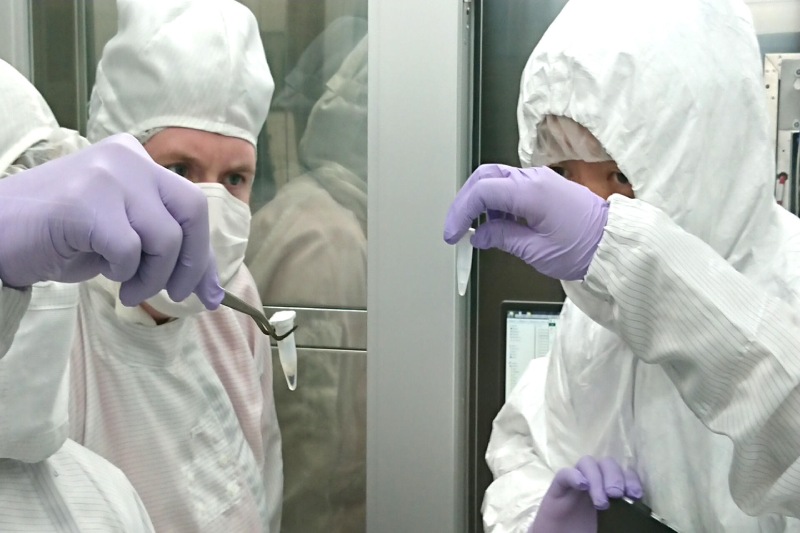Scientists’ beliefs about the formation of planets and the potential for extraterrestrial life may be impacted by the likelihood that PAHs can originate in colder regions of space.
When the Japanese spacecraft Hayabusa2 reached the asteroid Ryugu in 2020, it was able to return to Earth with priceless samples of the space rock. And sure enough, years later, those samples continue to provide new information about this little asteroid and the environment in which it developed. The most recent results from Ryugu were made public today, and they suggest that certain chemical compounds known as PAHs might be able to develop in cold regions of space.
These findings could contribute to a better understanding of planet formation and the eventual emergence of life.
Polycyclic aromatic hydrocarbons, or PAHs, are complex organic molecules in the form of rings. These PAHs contain a significant portion of the carbon in the cosmos. Even on Earth, PAHs are visible; they usually arise when an organic material burns partially. PAHs are naturally occurring substances found in meteorites, nebulas, protoplanetary disks, and the interstellar medium across space.
The new discovery is noteworthy because it suggests that PAHs can originate in colder regions of space as well as hotter ones near stars. The Western Australian Organic & Isotope Geochemistry Centre scientists burned plants to create PAHs. The molecules in question were then contrasted with those recovered from Ryugu and the meteorite fragment discovered in the 1969 Murchinson meteorite crash that struck southern Australia.
“The bonds between light and heavy carbon isotopes in the PAHs were analyzed to reveal the temperature at which they were formed,” one of the authors Kliti Grice said in a statement. “Select PAHs from Ryugu and Murchison were found to have different characteristics: the smaller ones likely in cold outer space, while bigger ones probably formed in warmer environments, like near a star or inside a celestial body.”
In addition, PAHs are essentially some of the building elements of life due to their carbon concentration. This provides additional proof that PAHs could grow in cold environments and that life could thus flourish there.
Since Ryugu is a C-type asteroid, it has a substantial carbon and water content. These asteroids can provide hints about the formation of the solar system and function as time capsules.
Topics #Japanese spacecraft Hayabusa2 #Ryugu asteroid










